Karlstejn Castle – Czechia’s Erstwhile Tower Of London
As we climbed the steep slope leading to Karlstejn Castle, our guide’s story reminded me of the Tower of London, the United Kingdom’s repository of crown jewels. Czech King Charles IV had built the castle as his residence and as a strong room for the Bohemian crown jewels. He added many layers of fortification to defend this treasure. The jewels remained here from 1357 to 1791, the knowledge of it withheld from most commoners. The only time they removed the state regalia and the jewels from the castle was from 1420 to 1436 CE, during the Hussite War. Since 1791, the crown jewels have been housed in St Vitus Cathedral in Prague Castle.
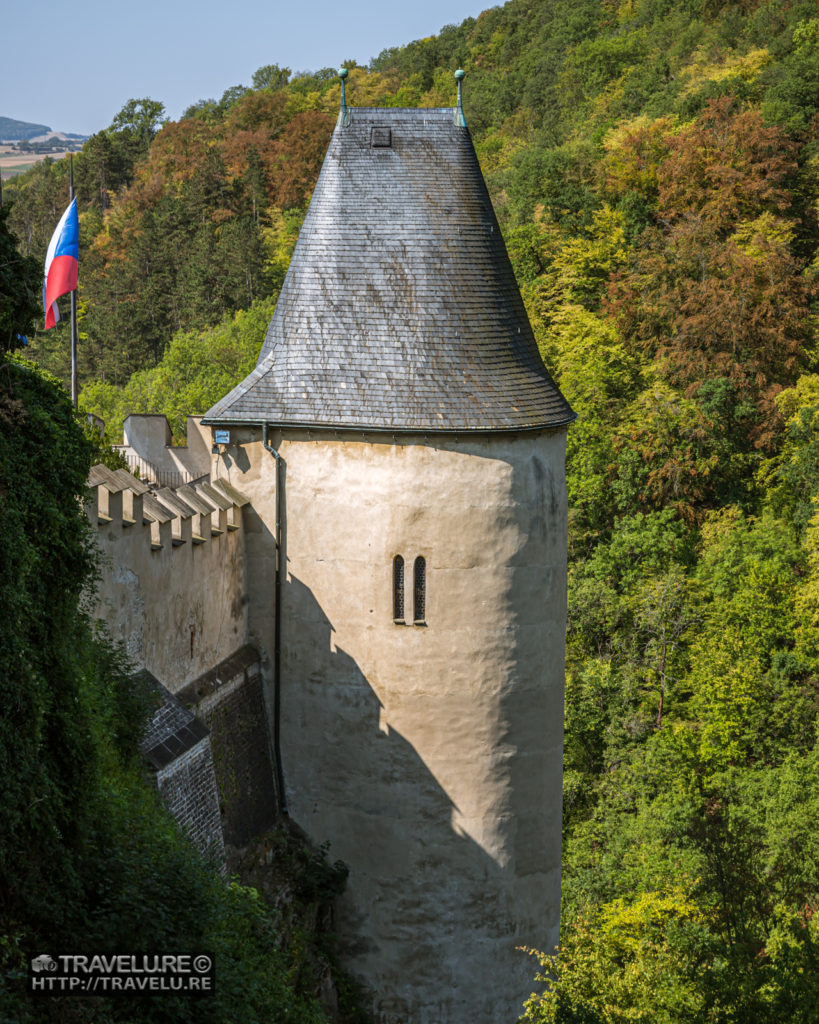
Reaching Karlstejn Castle
Karlstejn lies 35 km southwest of Prague, close to River Berounka. En route, you see this Disney-like castle framed by the woods around, perched atop the ridge (see the featured image above). Keep your eyes out for the first glimpse as it is spectacular. The village is beneath the ridge, and a steep climb from there takes you to the castle. If a steep trek is not your thing, you can take a taxi or a horse-drawn carriage.
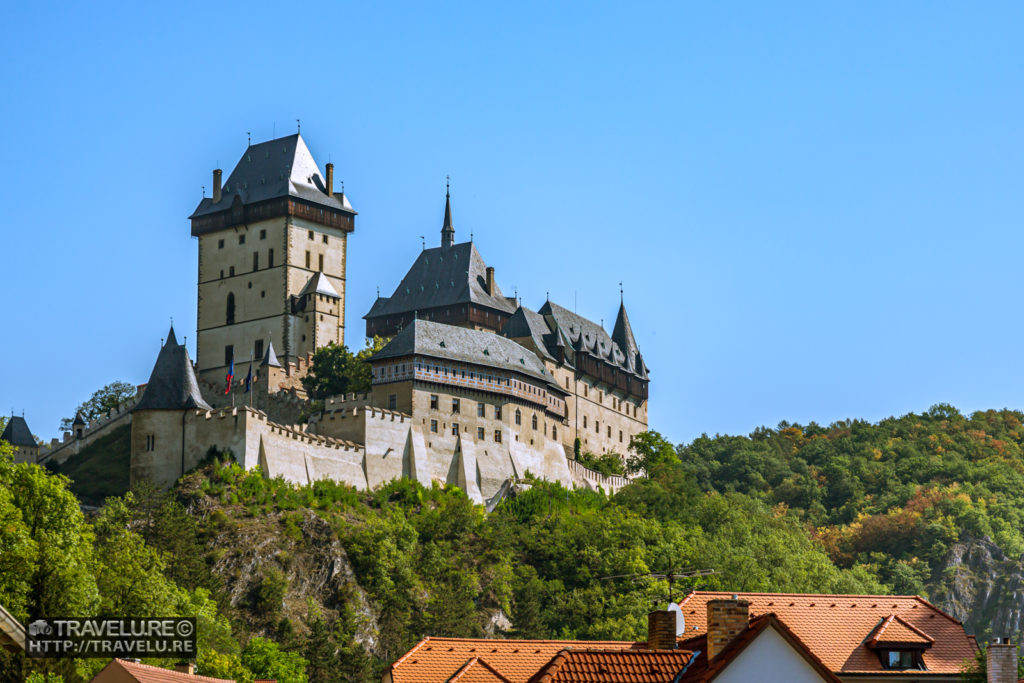
As you pass through the village market, you drool as this tiny stretch has many kiosks selling delicious ice creams, local bakes and cakes, Bohemian souvenirs and crystal ware. Just remember to enjoy the approach to the castle since the charm of a visit to Karlstejn lies more in its facade and the environs, not within. At least for us, that was the case. The art within was taken away for an exhibition.
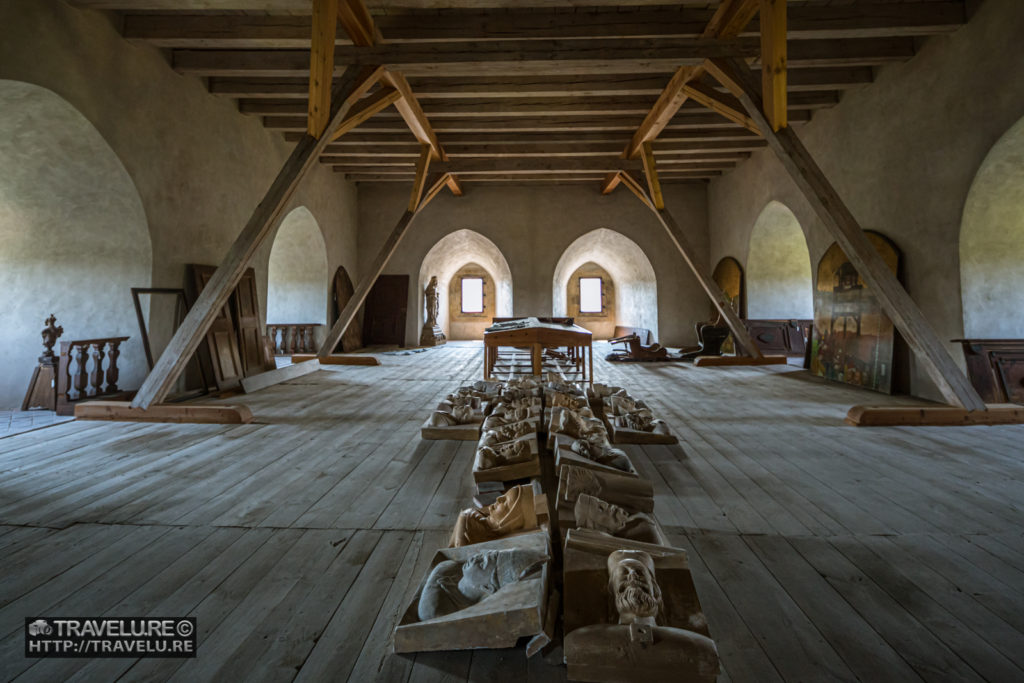
Inside the Castle
The castle exists on three levels. The structure on the lowest level is the one facing the village. This used to be the royal residence. A level higher is the Marian or Lesser Tower. Its entire first floor is the Great Hall consecrated in 1357 CE as the Church of the Assumption of the Blessed Virgin Mary. In the south-western corner of this space is the entrance to the king’s private oratory, later known as St Catherine’s Chapel.
The highest level is the Big Tower, 60-metre tall, with its central area housing the Chapel of the Holy Cross. The chapel walls are between 4 and 7.5 metres thick. They housed the crown jewels in the chapel’s safety, behind four doors with nineteen locks, with each key isolated and guarded.
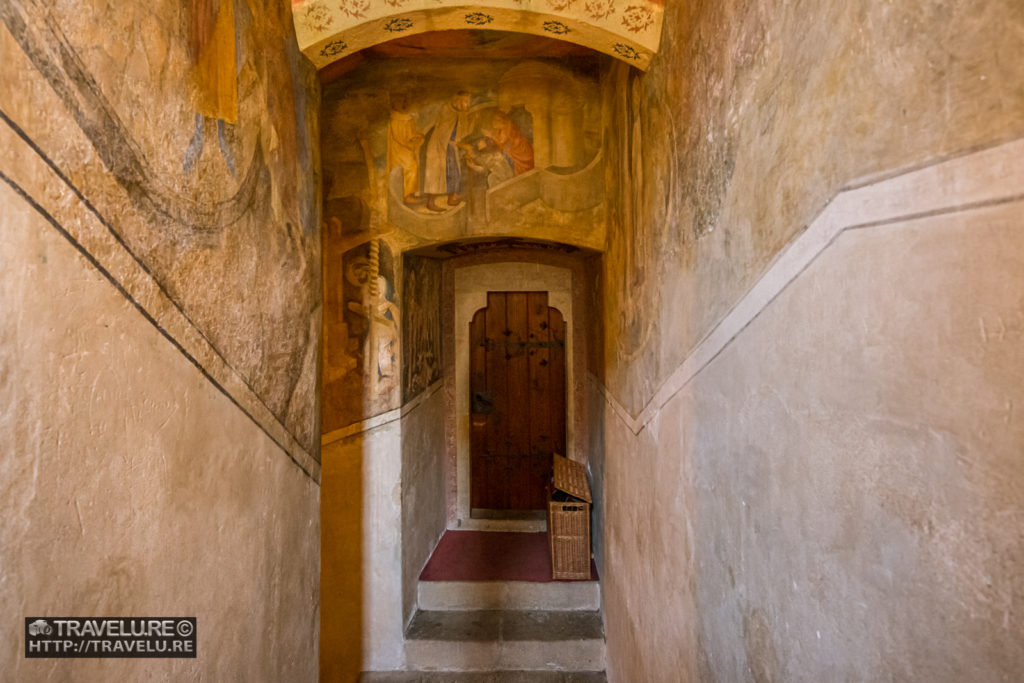
Karlstejn Castle Architecture and Interiors
The original castle design was Gothic. Over the centuries, renovations and repairs turned it into a renaissance style structure. In the late nineteenth century, they restored it to the Gothic style. When it was built, the king had taken a personal interest in the castle decoration. 129 paintings by Master Theodoric adorned its interiors. Though, it is unfortunate these were not in the castle during our visit. Exquisite frescoes adorn the ceilings of the Chapel.
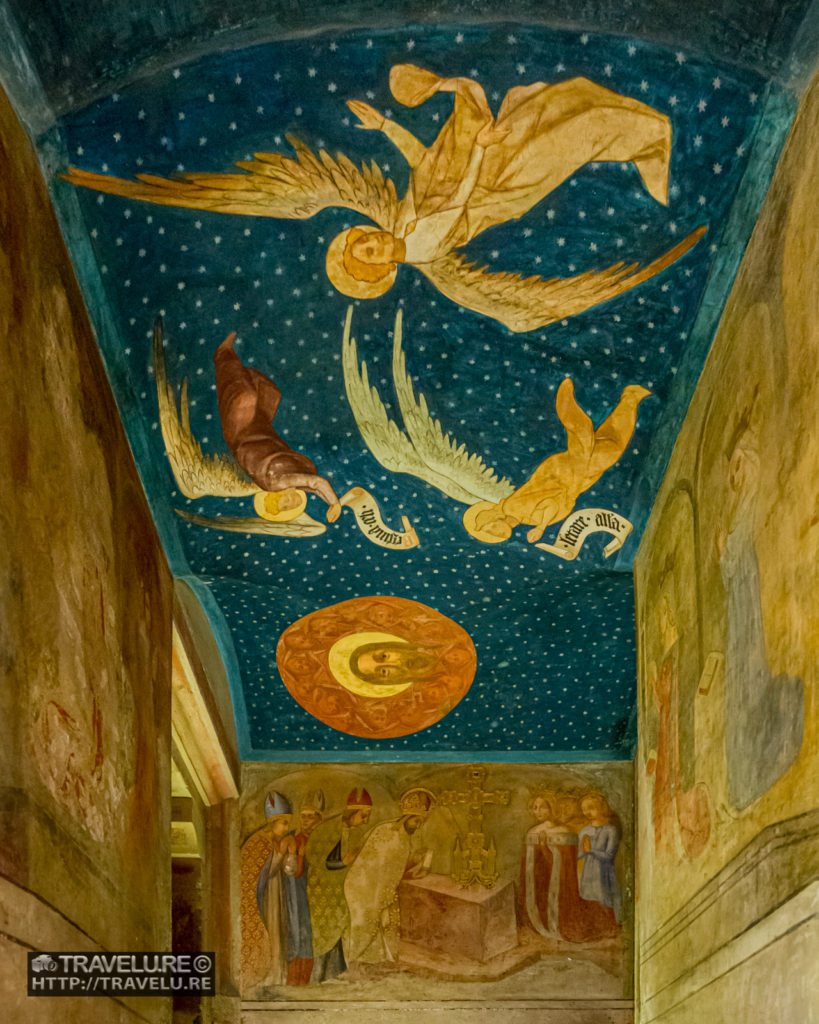
While building the castle, even after digging a well 70 metre deep, they could not find water. This was way deeper than the level at which the nearby Berounka River flowed. So, they summoned miners to excavate an underground channel that brought in water from the neighbourhood stream. The water had to be filled twice a year by opening a floodgate. Given the strategic nature of the castle’s weakness (a lack of an independent source of water), the underground channel was a state secret, known only to the king and the burgrave (the castle in charge).
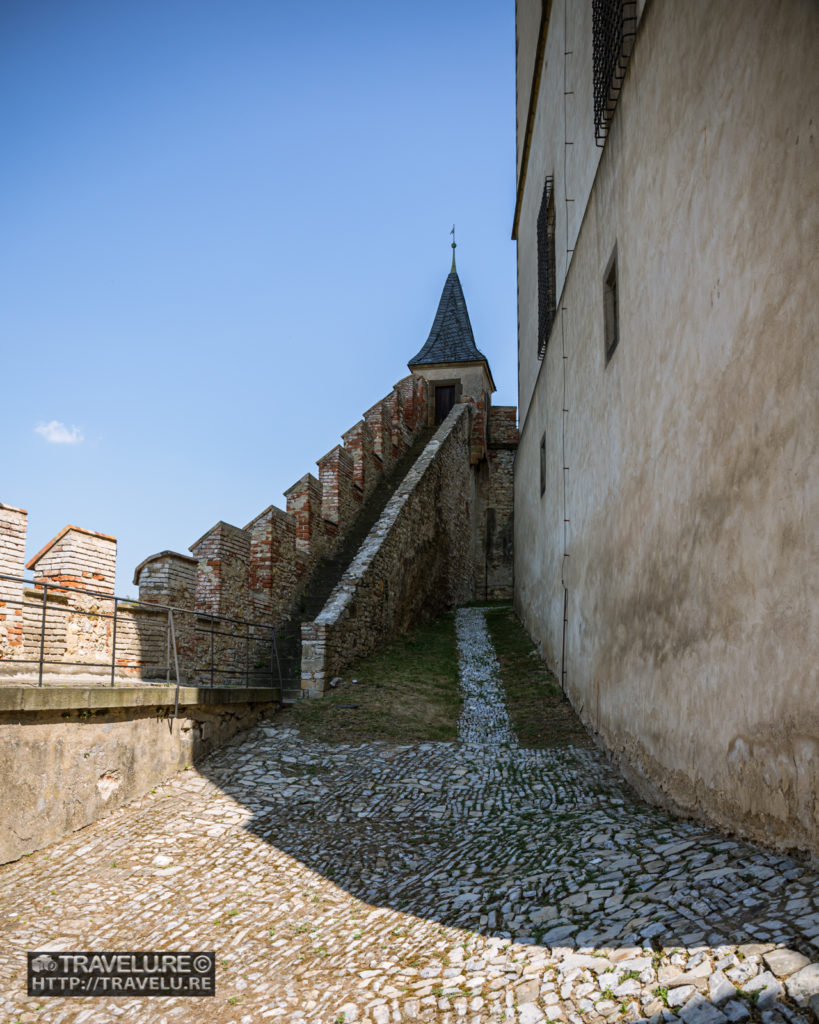
About Bohemia
You have accompanied me to a few castles in the Czech Republic’s Central Bohemia region. While some of you may already know it, I feel I must tell you a bit about Bohemia. Bohemia is the westernmost and the largest historical region of Czechia. It also refers to a wider area that was ruled by the Bohemian kings and includes Moravia and the Czech Silesia.
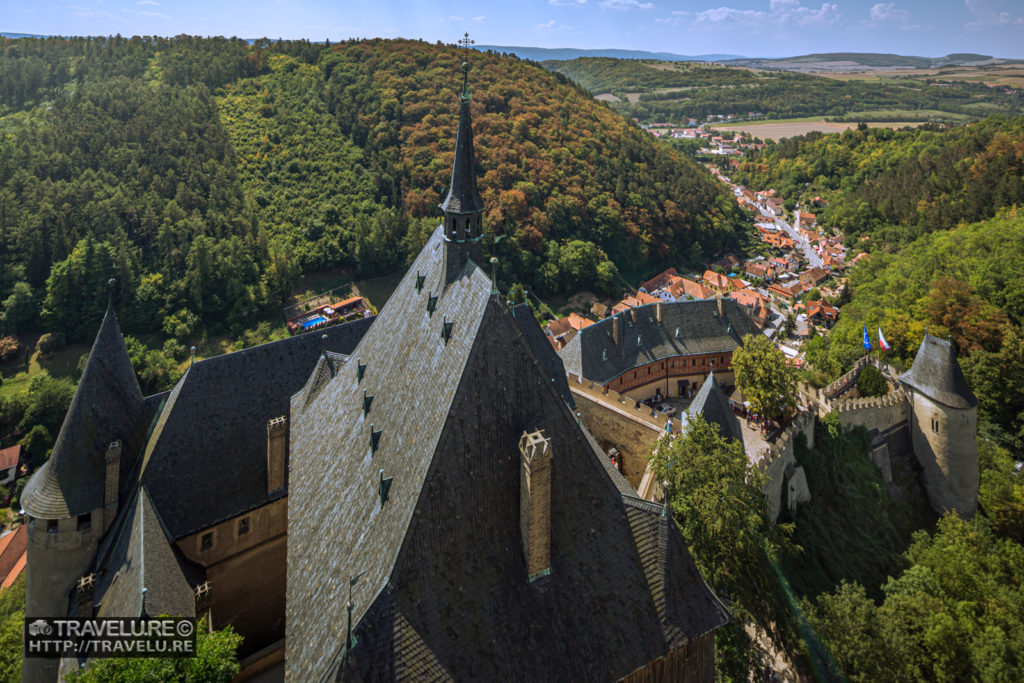
At the risk of repeating myself, allow me to give you a tip. The Karlstejn Castle is best seen from a distance. So, spend time in the village stores and cafes, and enjoy the majestic view.
Come with me to another Bohemian castle next week.

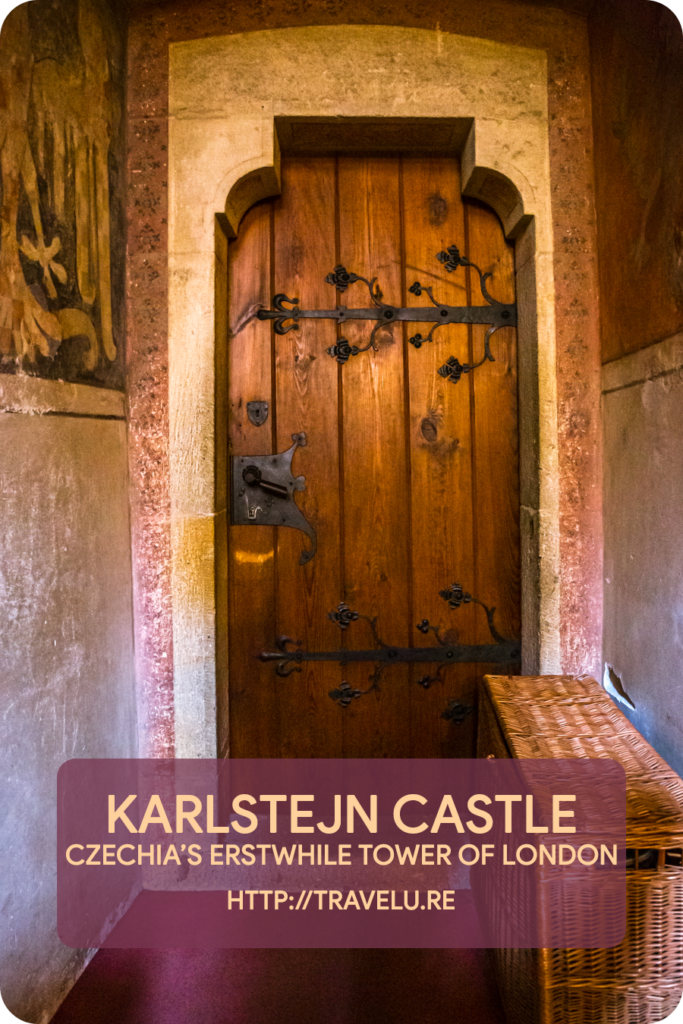
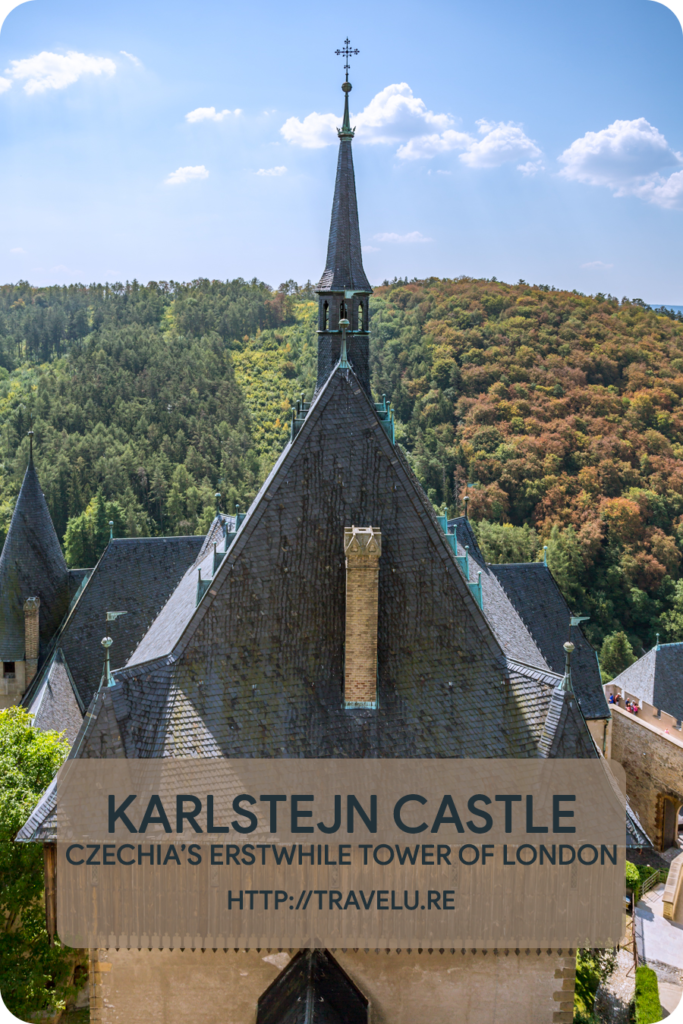
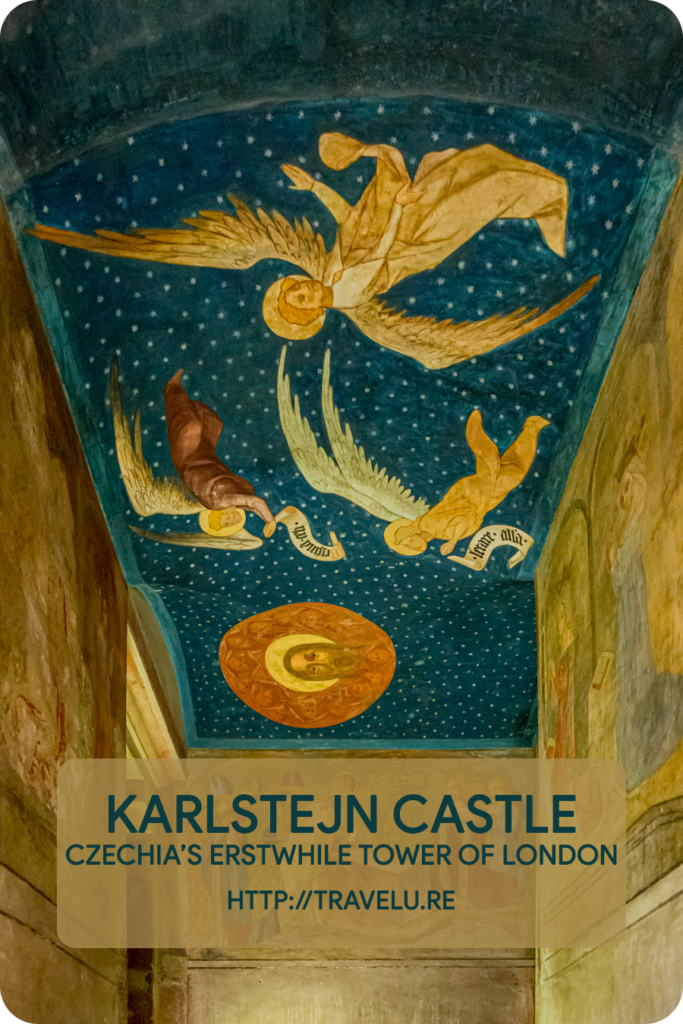
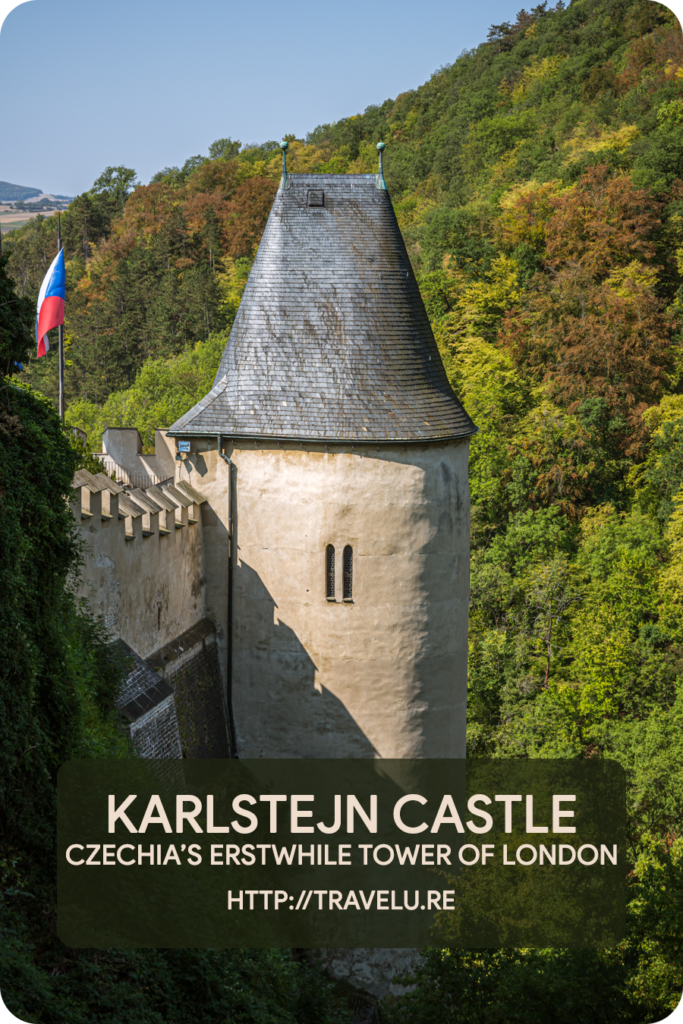
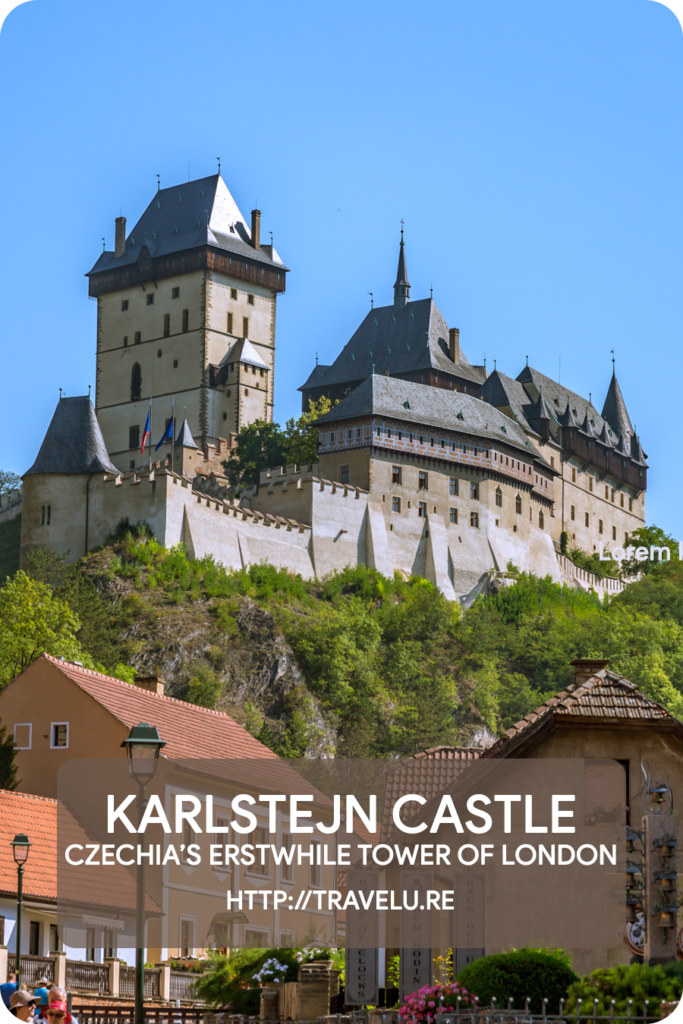
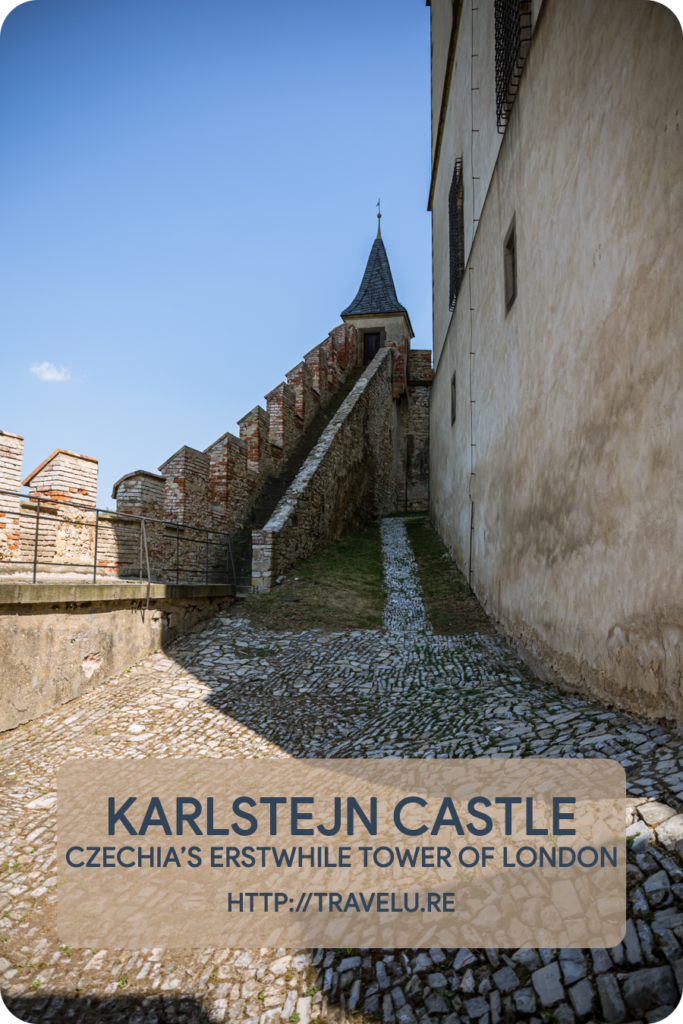
















good
Thanks!